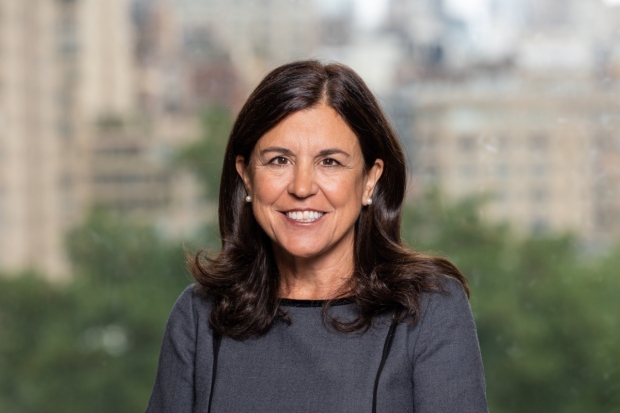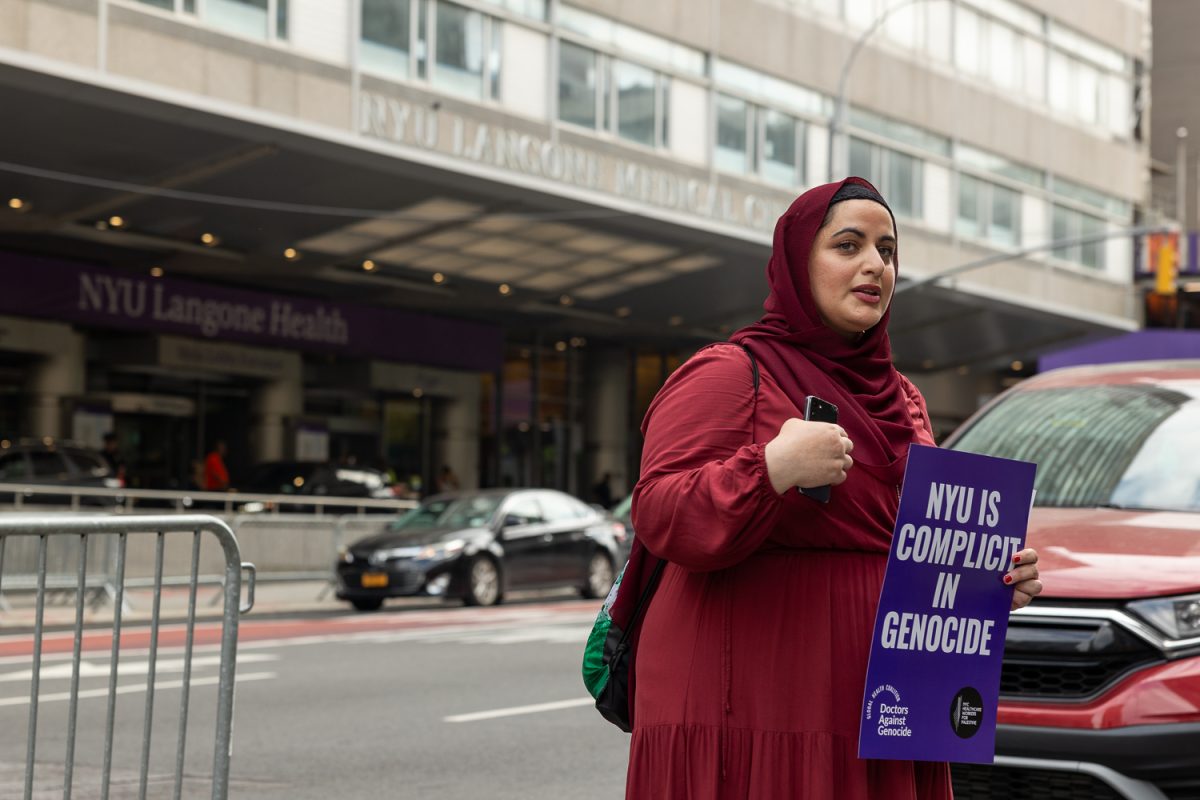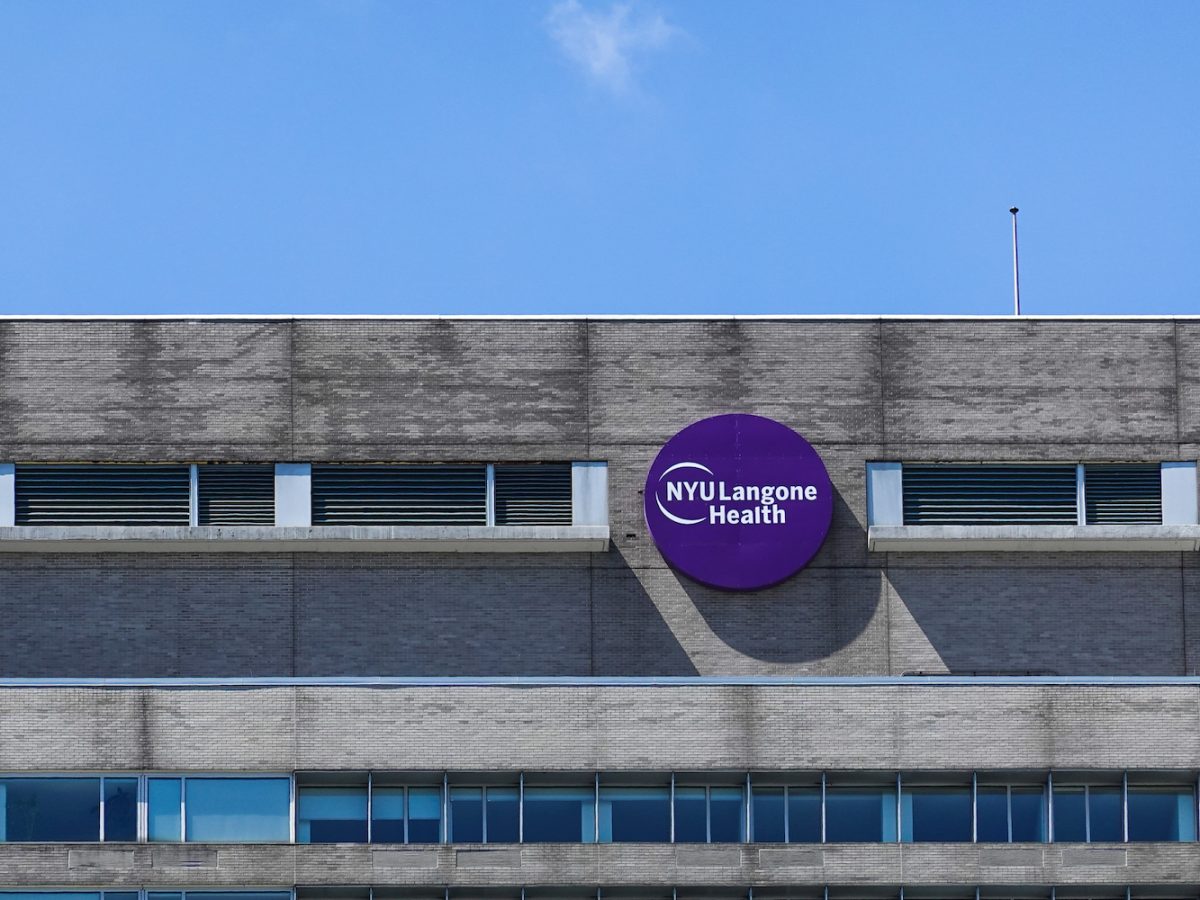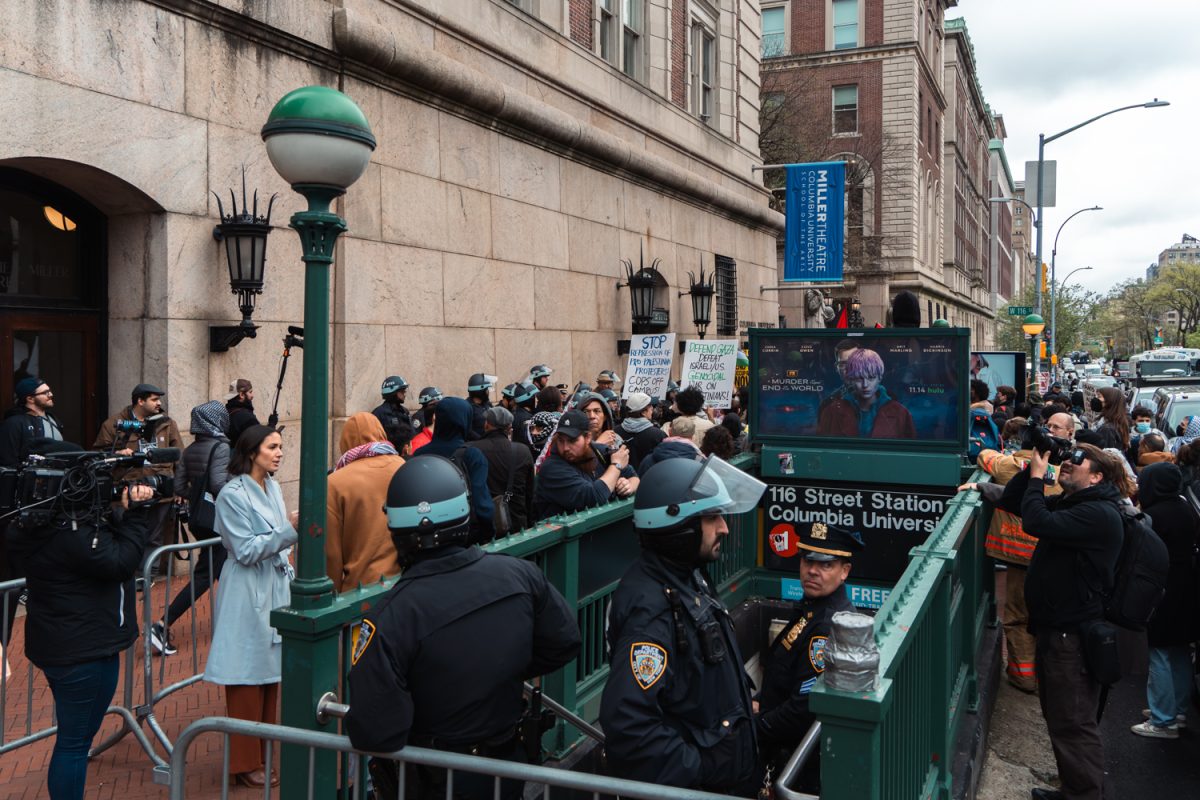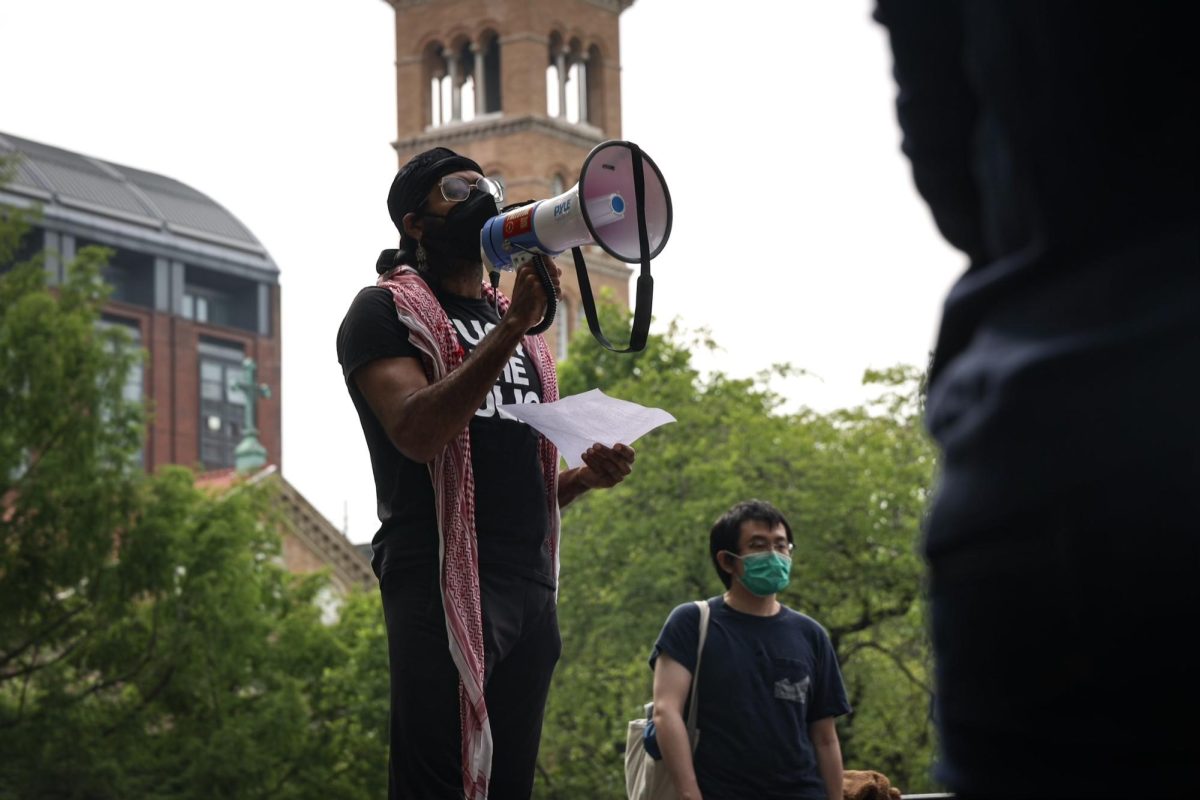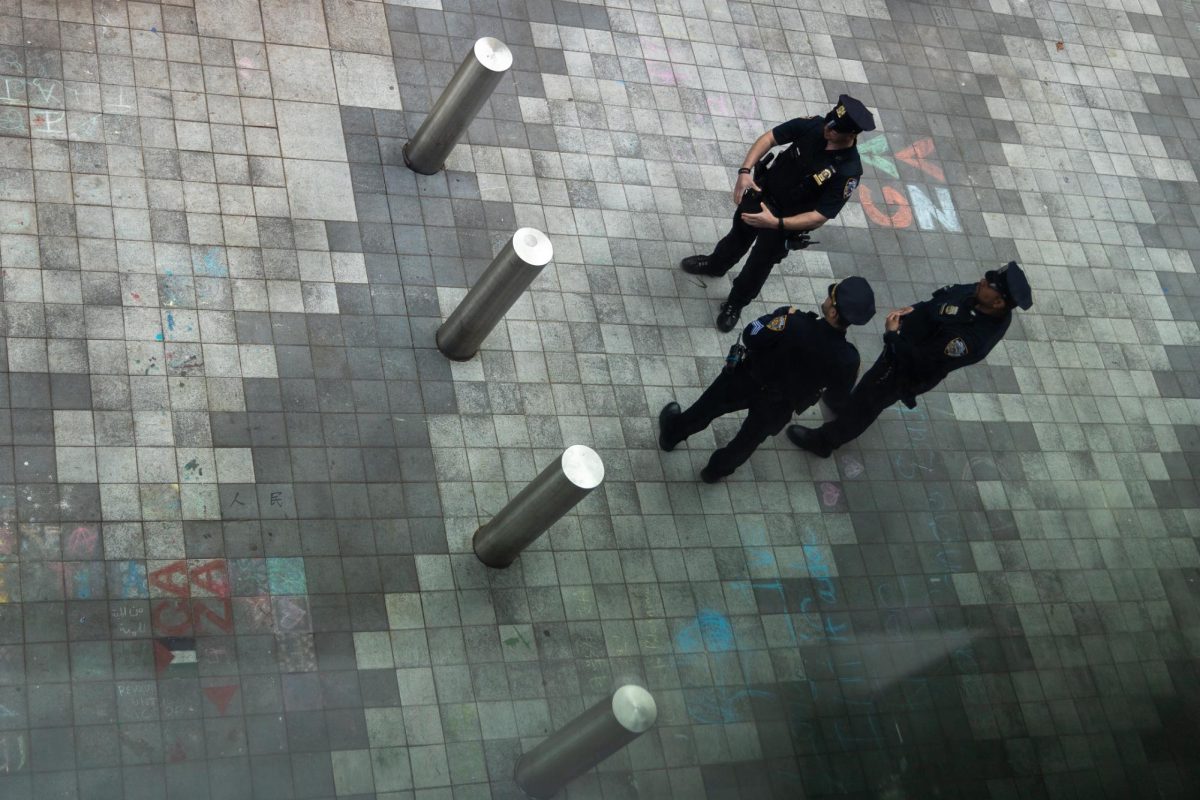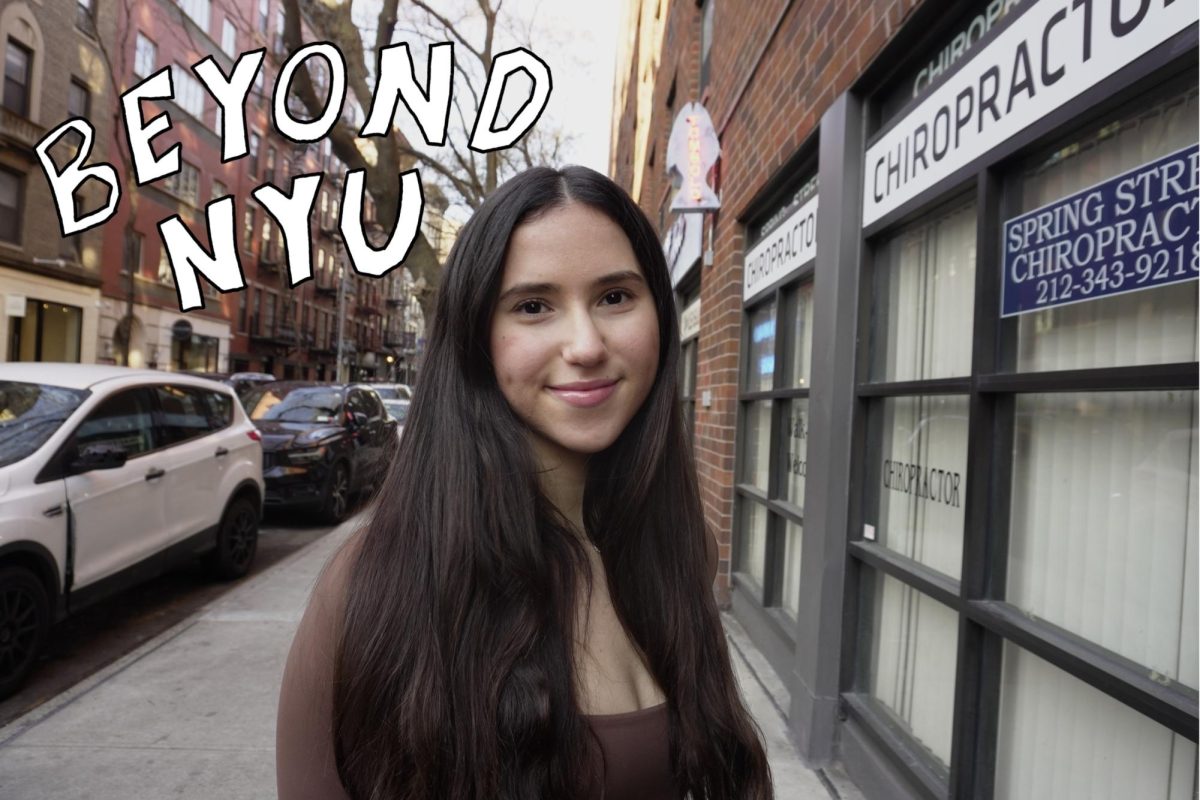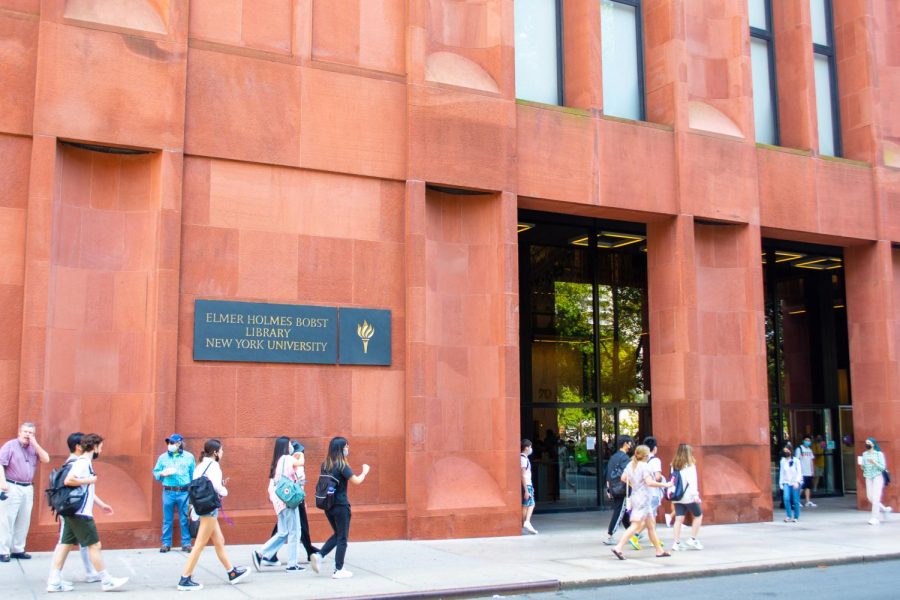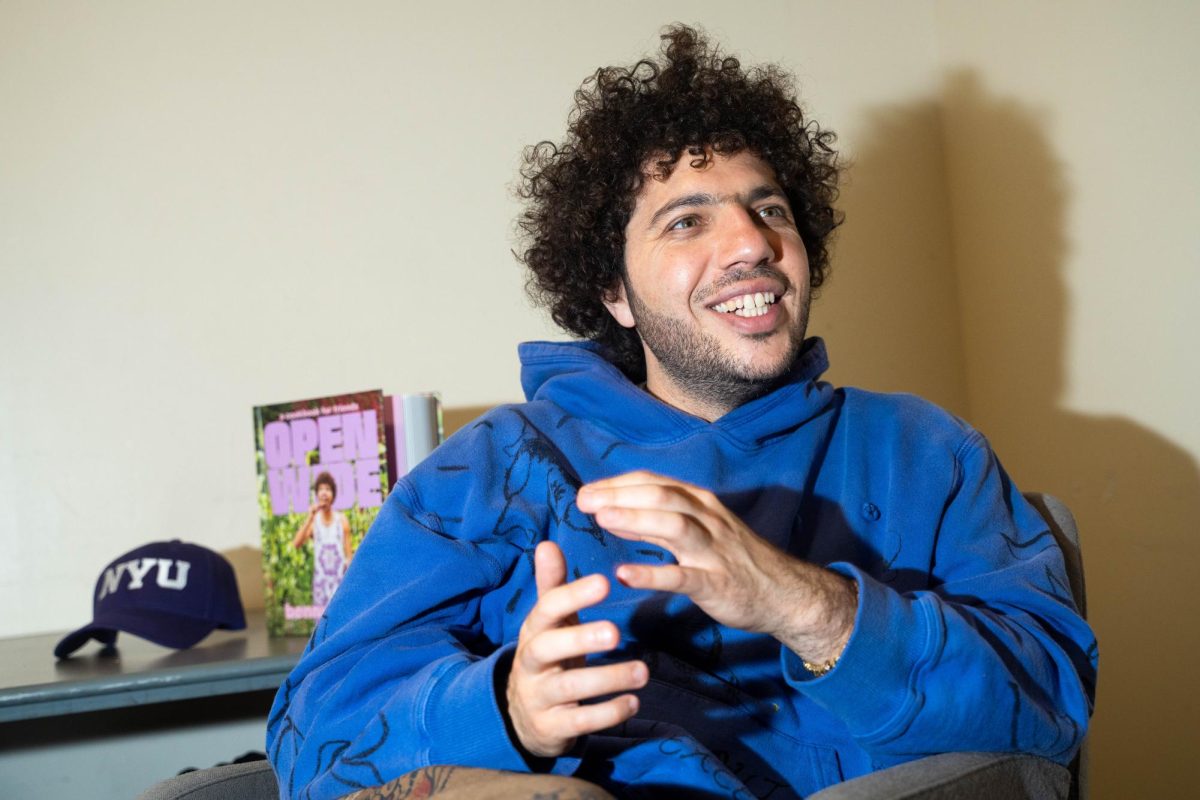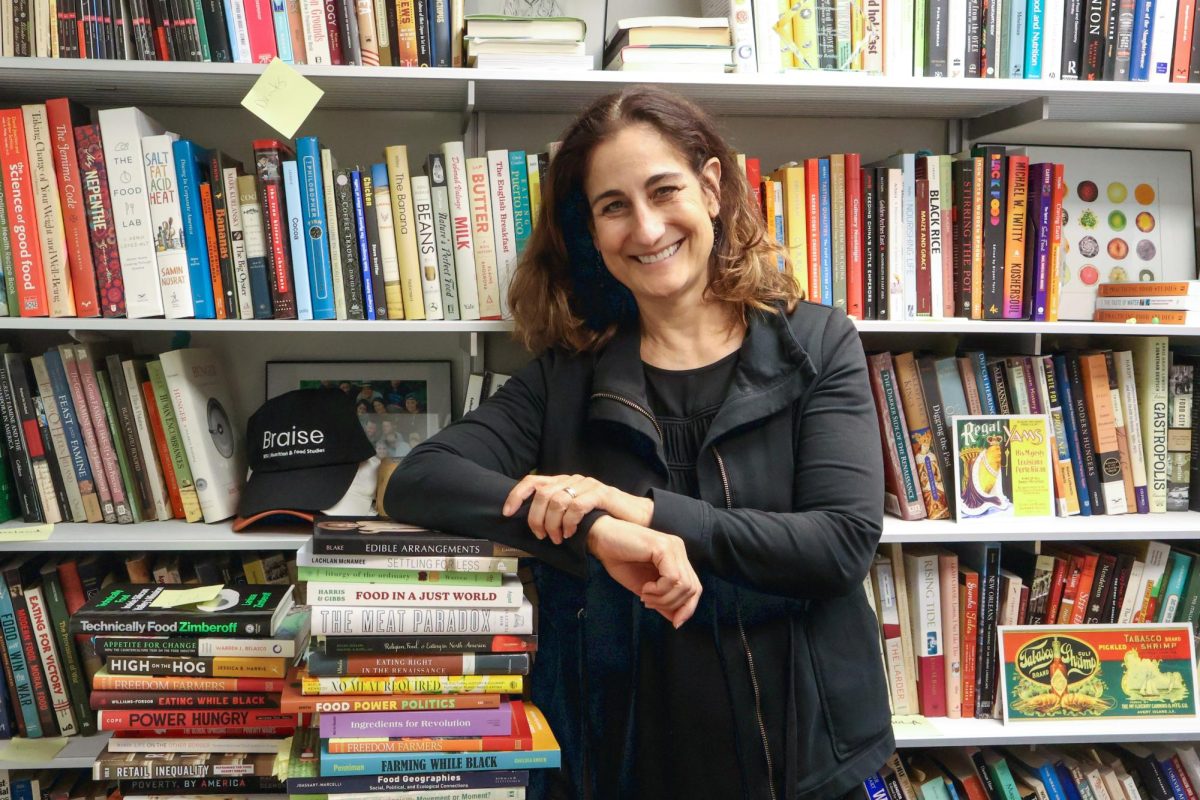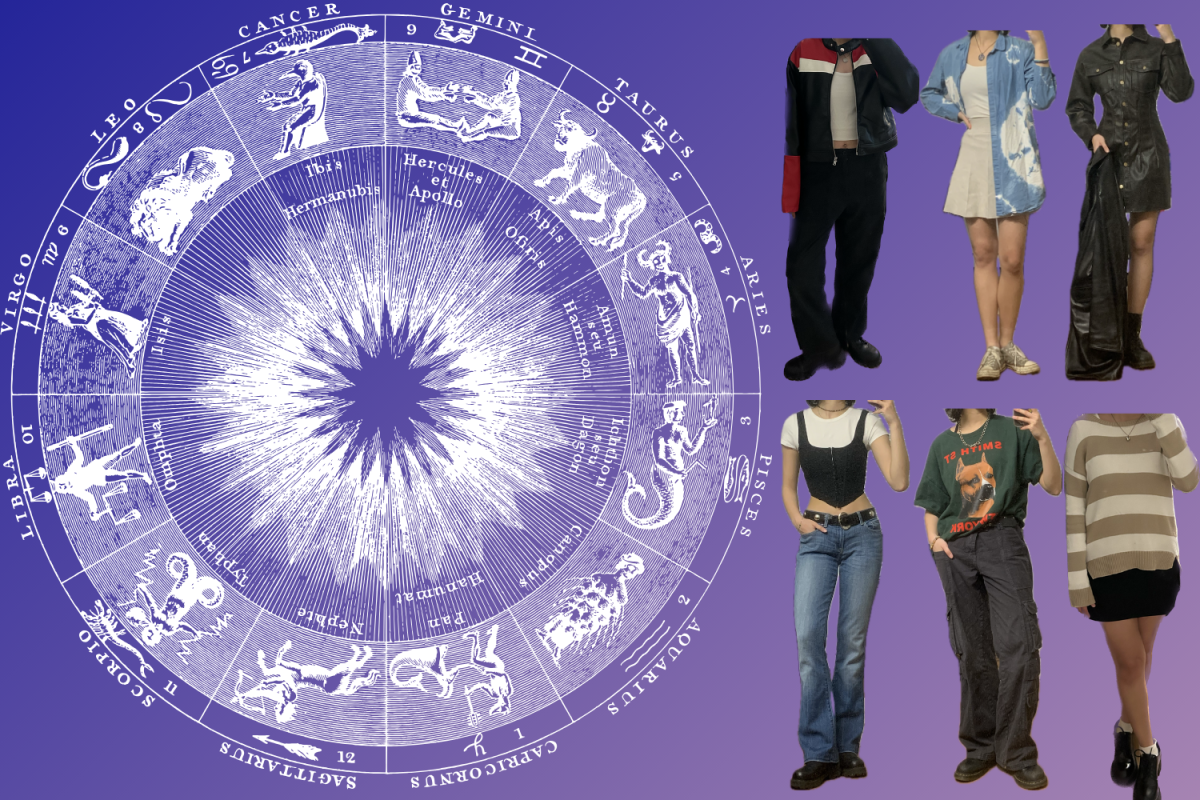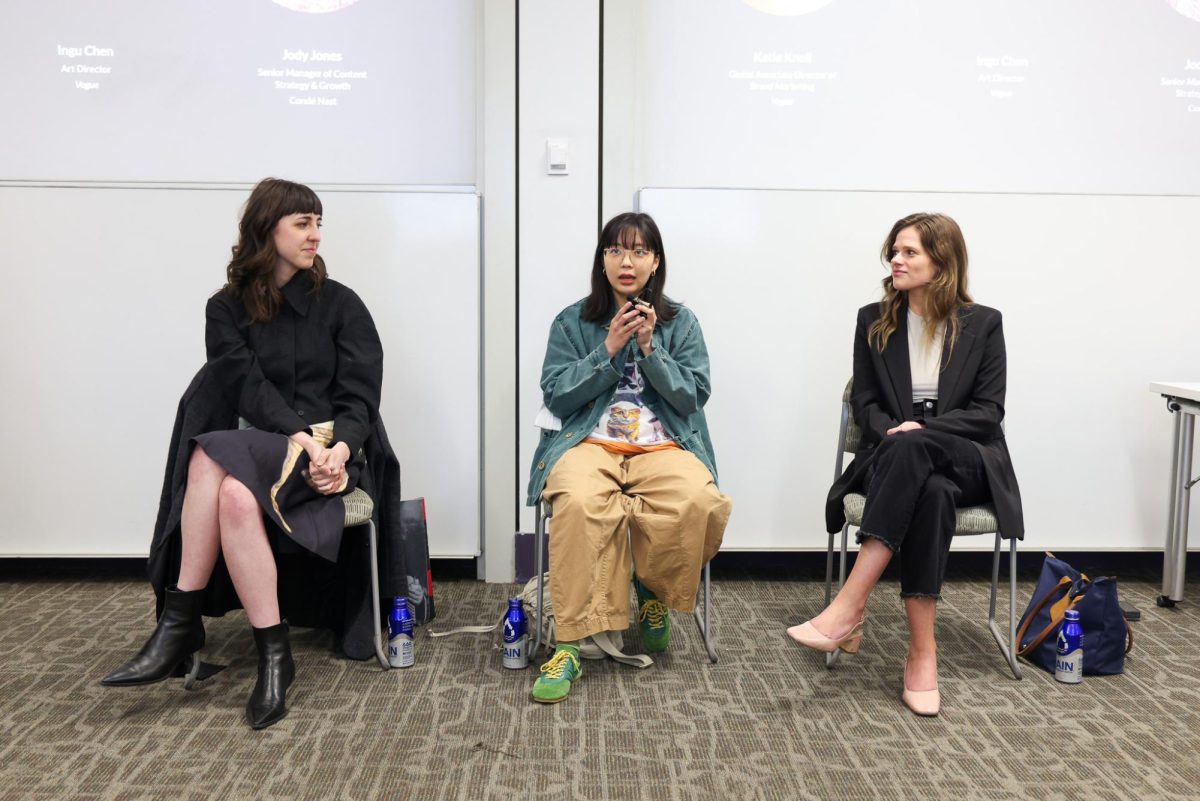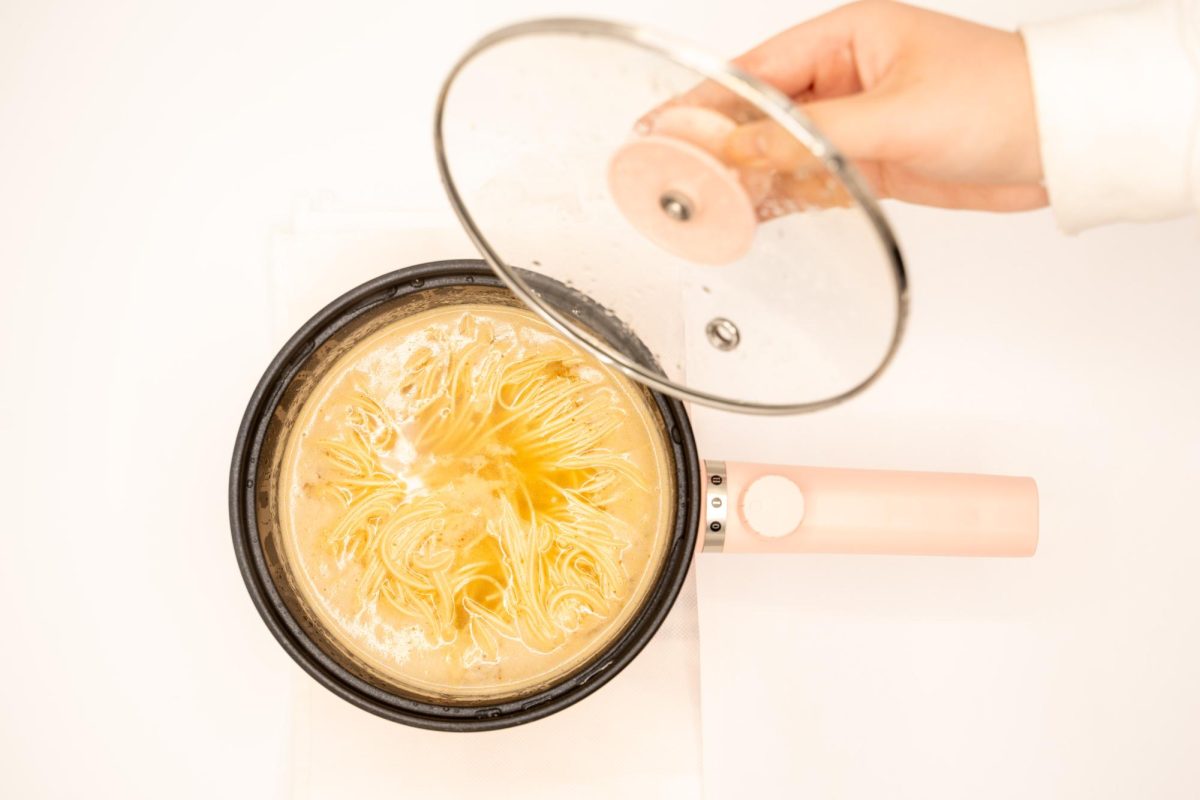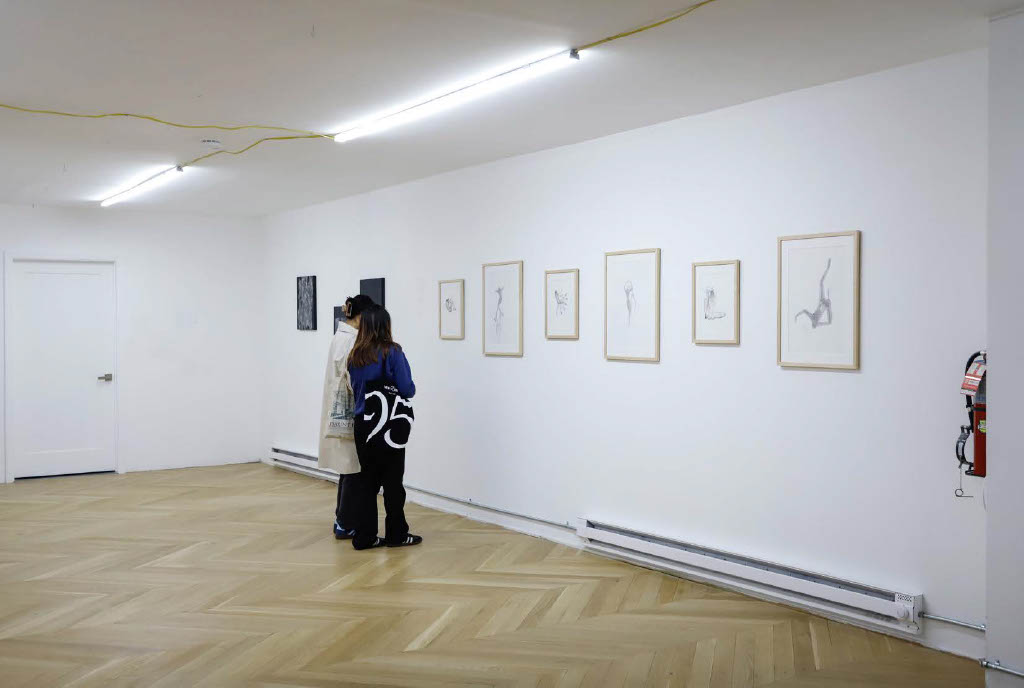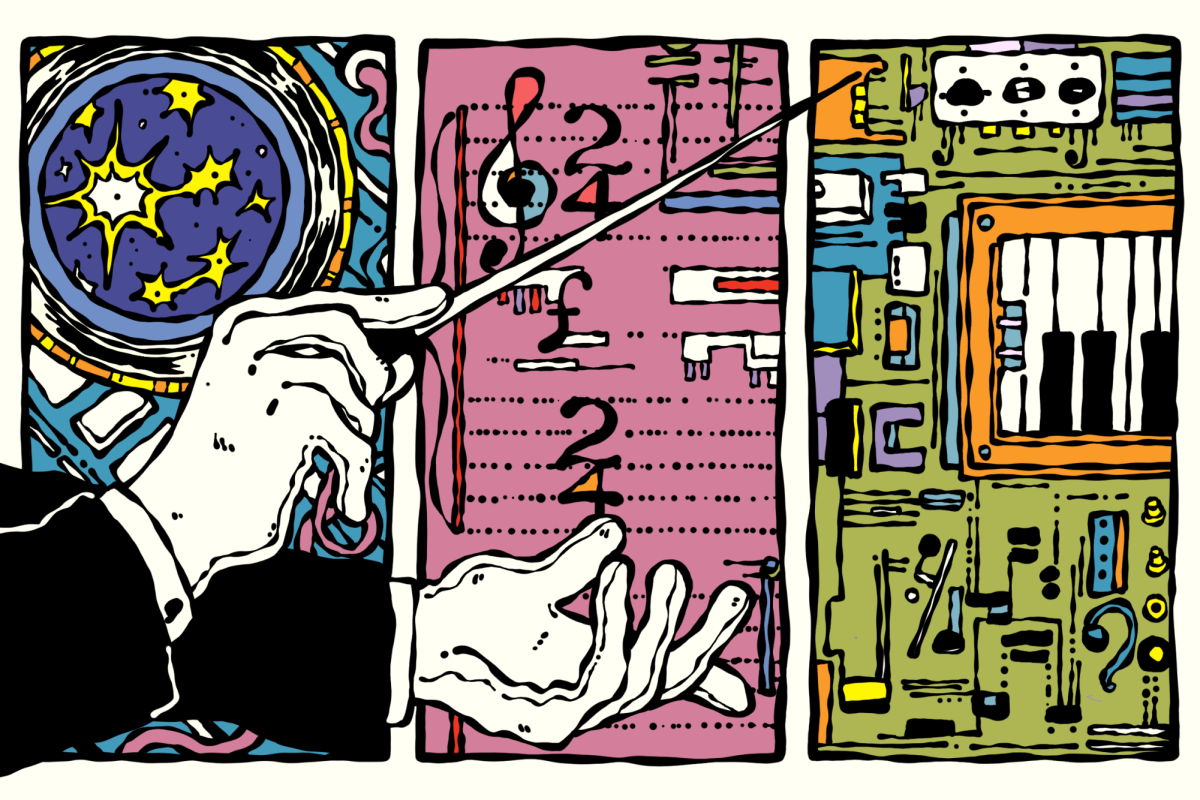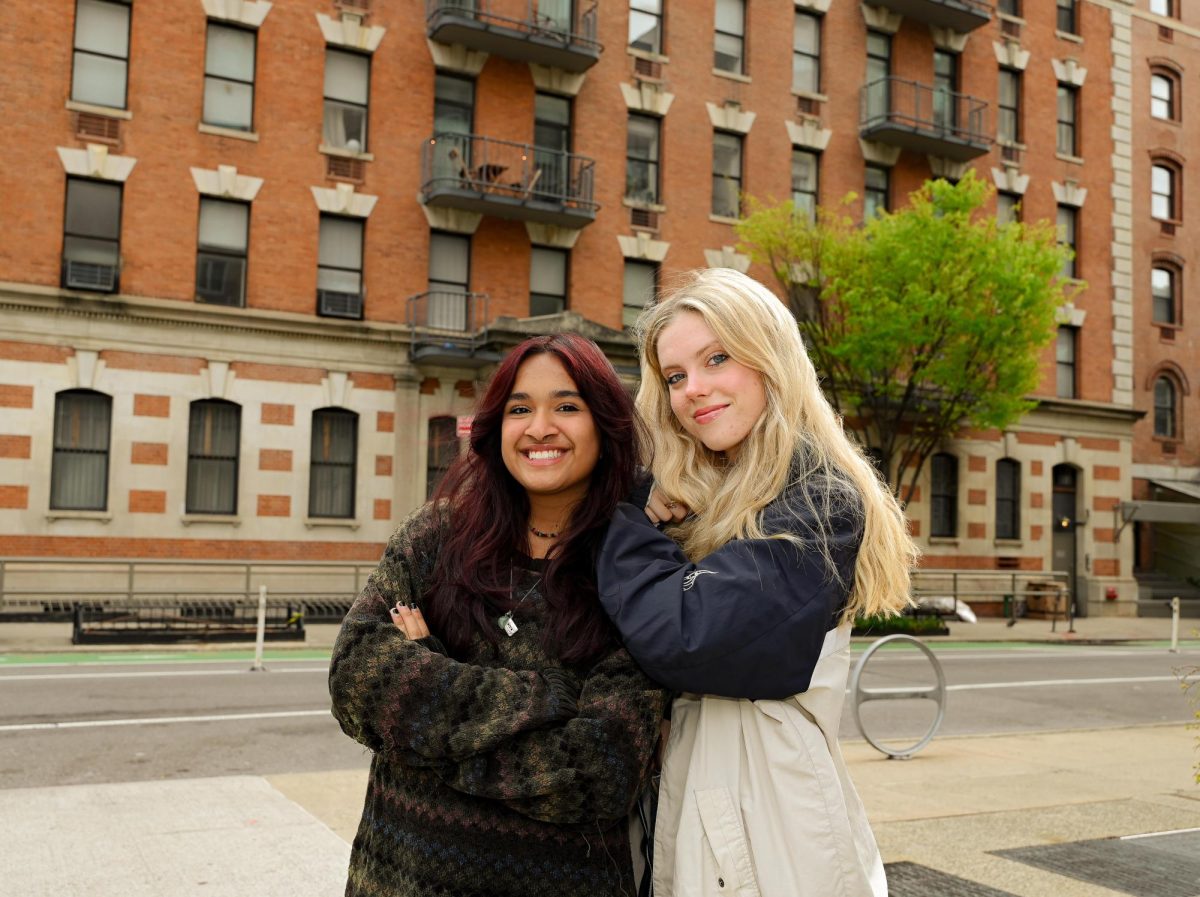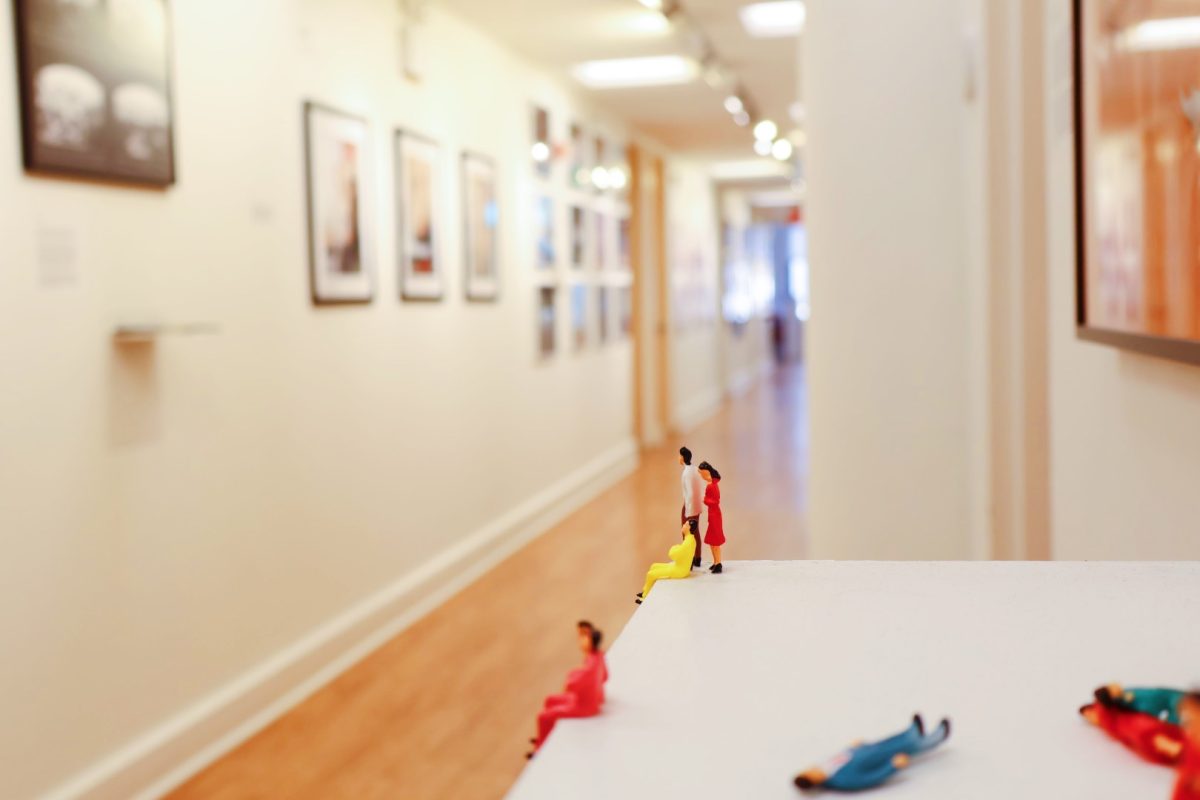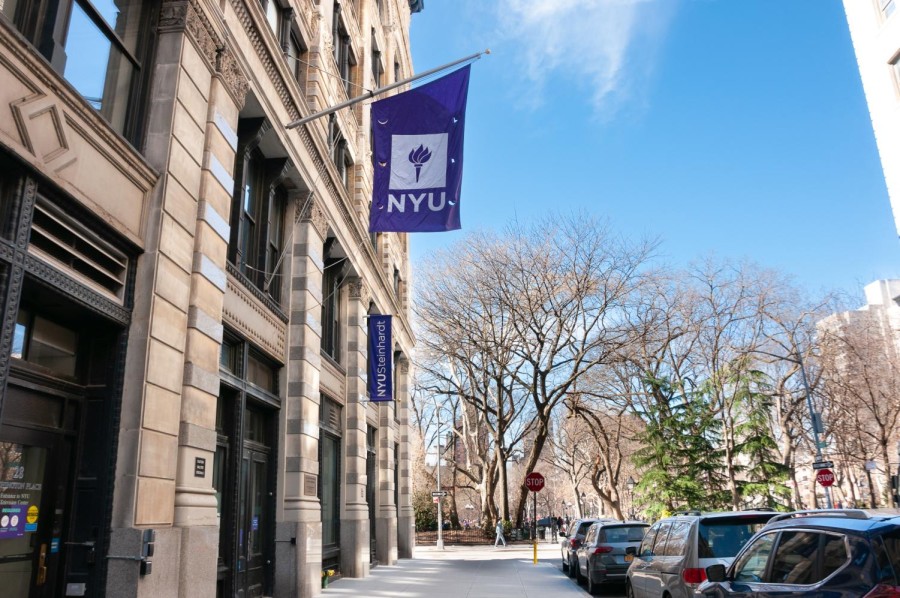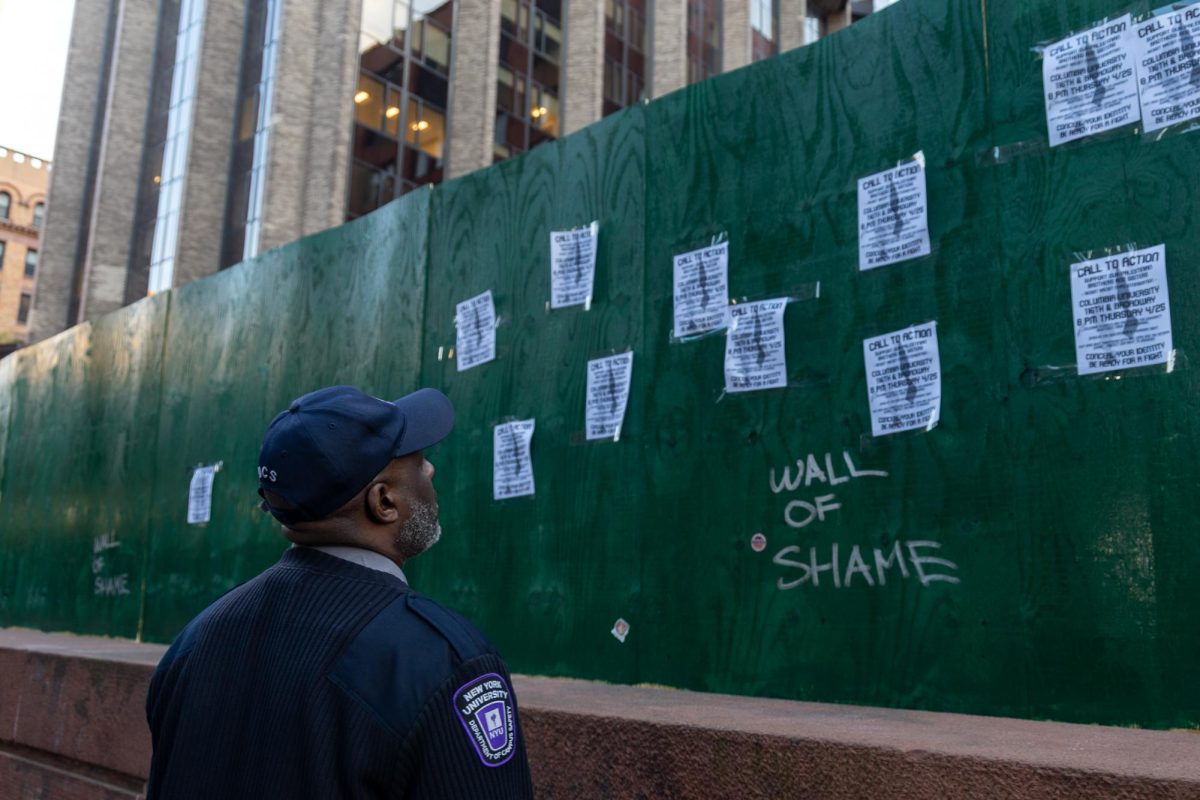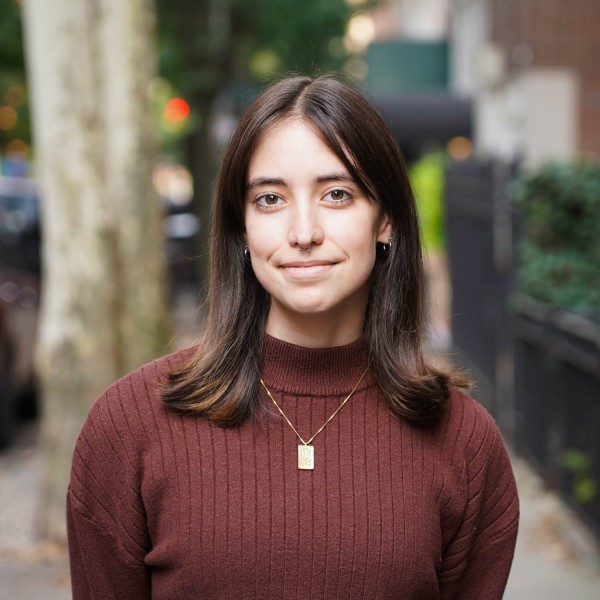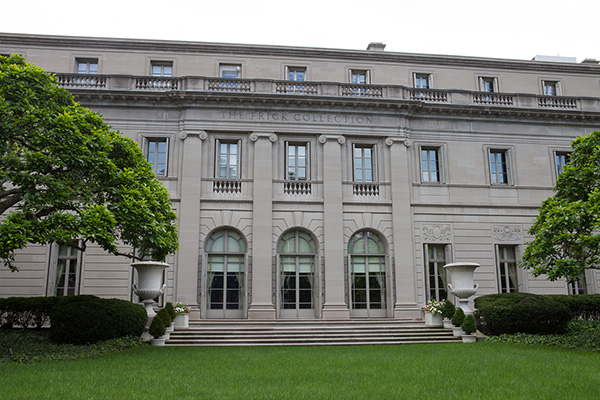
As an Art History major, I spend most of my free time planning my next excursion to an art museum. Through NYU, students have access to many of these museums for reduced costs or for free — the Metropolitan Museum of Art, for example, offers pay-what-you-wish tickets for students in New York City. This, combined with it being a well-known tourist attraction, makes it likely that the Met is the museum most visited by NYU students. But, the city’s smaller independent museums deserve just as much of our attention.
While larger museums can be important cultural institutions with expansive collections, these small art galleries are often more specialized and have the ability to center the work of living artists from a wide array of backgrounds.
Small art institutions, by virtue of their sizes and budgets, tend to specialize in the curation and care of art from specific cultures and regions. Works could span over hundreds of years, but the focus on a particular cultural tradition can ground the collection, giving it a clear focus and educational intention. Take The Frick Collection, named after American industrialist and art patron Henry Clay Frick, whose original donation of paintings and sculptures formed the basis of the collection. Currently located at the Frick Madison while the museum’s original location undergoes renovation, The Frick features European paintings, sculptures and decorative arts from the Renaissance and after. The Neue Gallery, a small gallery only a few blocks away from The Met, is an even more focused collection of European art that specializes in German and Austrian work.
There are also many small museums that feature artists from frequently underrepresented groups and can therefore expose visitors to a diverse selection of works from living artists. El Museo del Barrio, the Rubin Museum of Art, the Studio Museum in Harlem and the Asia Society Museum are just a few of the museums specializing in curating and presenting art from specific cultures and their respective diasporas.
El Museo’s collection is dedicated to Latin American and Caribbean art, displaying works across a range of eras, from Indigenous works to contemporary art about womanhood and Latinx identity. The Rubin Museum is focused on Himalayan art and possesses a collection of nearly 3,400 pieces from 1,500 years ago to the present. The Studio Museum in Harlem displays art by artists of African descent and was created to “address the near-complete exclusion of artists of African descent from mainstream museums, commercial art galleries, academic institutions and scholarly publications.” The Asia Society, much like El Museo and the Rubin, features both traditional and contemporary works, seeking to take “new approaches to familiar masterpieces and introducing under-recognized arts and artists.” These institutions center identities and perspectives typically excluded from the art-historical canon, providing a space for artists from marginalized communities.
These three museums are also prime examples of how small art institutions can provide opportunities for new, living artists to enter the art world — particularly artists of color, who are underrepresented in the current art market. Probably the most well-known of these institutions is the Whitney Museum of American Art, which was founded in 1930 and was “the first museum dedicated to the work of living American artists.” The mission of the Whitney is echoed in the work of El Museo, the Rubin, the Studio Museum and the Asia Society, all of which draw connections between traditional and contemporary art, and aim to highlight unrecognized modern artists.
Local commercial art galleries are also excellent places for finding works by new and up-and-coming artists, and New York City is full of them. Tribeca is particularly famous for its art gallery scene, but small galleries can be found in almost any New York City borough. These galleries are perfect for pursuing contemporary art by artists who have not yet received great recognition. Blue-chip galleries, those with high-value works by established artists, are also common throughout the city and are accessible to the public — most are even free of cost.
From these local galleries to established art institutions, there are seemingly endless options when it comes to seeing art in the city, many of which are greatly underappreciated by NYU students. These smaller collections present the opportunity to gain a greater appreciation for distinct artistic traditions that have been historically excluded from the art world.
So, the next time you’re planning a trip to The Met, consider visiting one of these smaller art institutions instead.
Contact Katherine Welander at [email protected].


